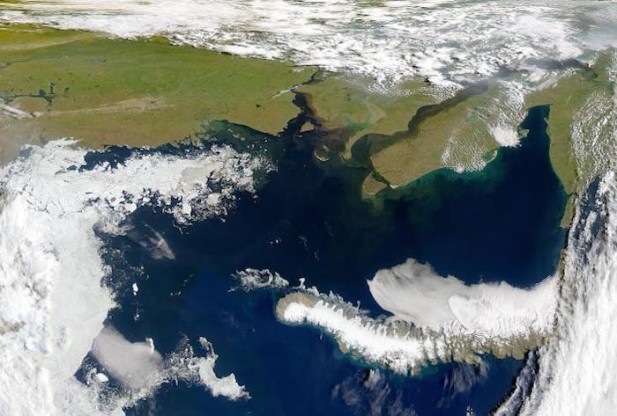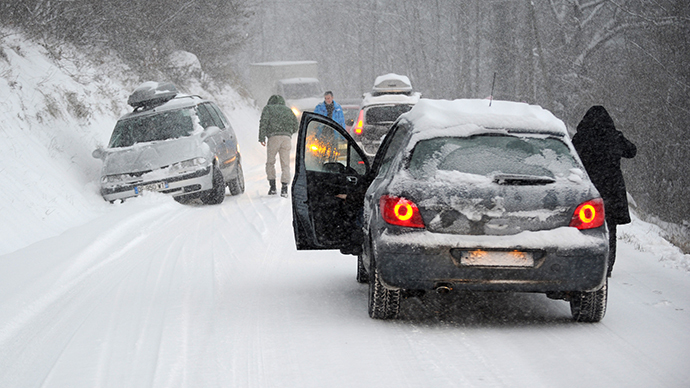As cold air continues to plunge southward in the West, a storm will produce rare New Year's Eve and New Year's Day snow for Las Vegas, the Mojave Desert and the mountains in the region.
Pack some warm clothes and perhaps winter boots if you are heading to the Southwest for the New Year's holiday. Motorists heading over the mountains should expect delays due to snow-covered roads.
Soon after snow falls on parts of the central Rockies and Plains, a new winter storm will develop over the Southwest states.
The storm will bring snow to not only the mountains of the Four Corner states, Nevada and Southern California, but also some low-elevation locations in the region that rarely receive accumulating snow.
Las Vegas, which averages about 0.3 of an inch of snow per year, is forecast to receive 1-3 inches of snow during Tuesday night into Thursday morning.
According to the Las Vegas National Weather Service Office, there have only been 15 snowstorms that brought greater than 1 inch of snow. Records have been kept since 1937.
If 0.1 of an inch of snow or more falls on Las Vegas on Wednesday, it will become the snowiest New Year's Eve in the city's record.
The last and only snowstorm on record during New Year's Day around Las Vegas was in 1974, when accumulations ranged from 2 to 5.5 inches in the area. The official New Year's Day record for McCarran International Airport is 4.4 inches.
"Unusually cold air will target the southwestern U.S. by midweek. Las Vegas has not seen measurable snow since Dec. 17, 2008, when 3.6 inches of snow fell," said AccuWeather.com Senior Meteorologist Dave Samuhel.





Comment: To understand what's going on with our wild weather, check out our recently published book, Earth Changes and the Human-Cosmic Connection, available here. Also, check out November's Earth Changes Video Summary for more crazy weather happenings on the planet.
SOTT Earth Changes Video Summary - November 2014